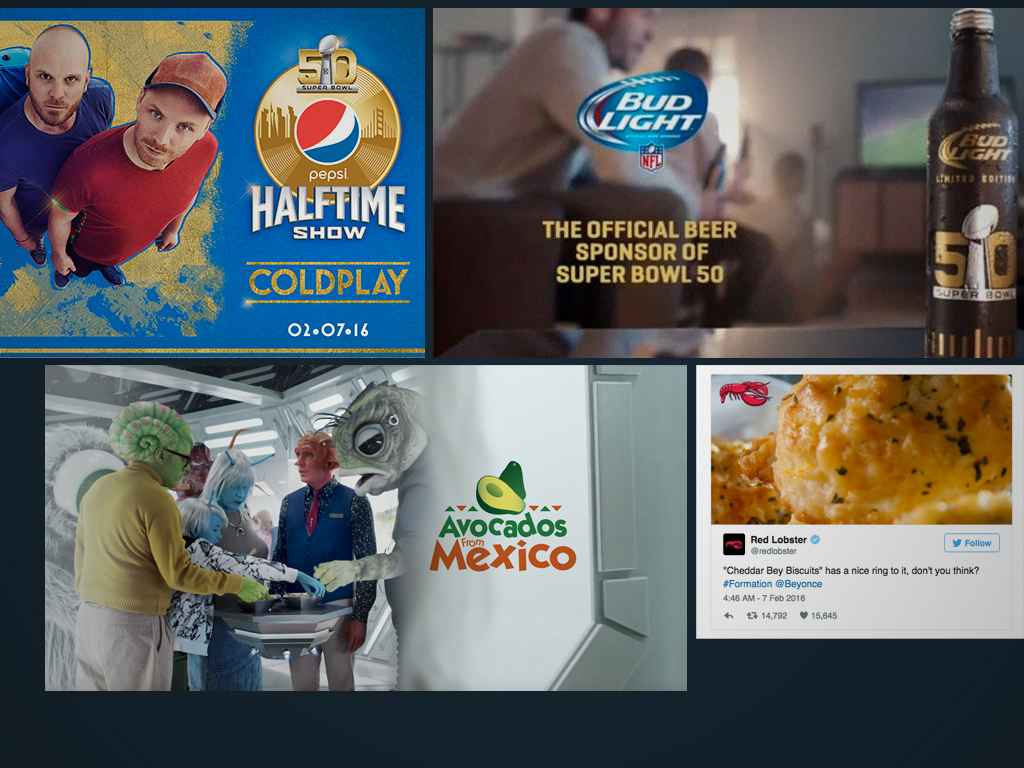‘Tis the season to be educated. And as 70 million American students head back to school, that translates to big bucks for retailers and huge opportunities for marketers.
The total combined spending for back-to-school this year is estimated to come in second only to winter holiday shopping with $68 billion in sales, according to the National Retail Federation. What’s more, each family will spend a total of about $630, the NRF says.
Just like the winter holiday shopping season, retailers are using every tool in their arsenals – including videos, retargeting, social media, and emails – to make the proverbial grade. But like students in school uniforms, it can be difficult for brands to stand out from the crowd.
Here are five tips from marketing experts on how brands can distinguish their back-to-school offers and campaigns.
1. Location, Location, Location
According to Carla Fitzgerald, CMO of mobile experience software company Smith Micro, what might be too early for one shopper is just right for another, so marketers should focus on shopper circumstances and patterns rather than calendars to build campaigns.
Indeed, per the NRF, 30 percent of back-to-school shoppers will wait until one or two weeks before school to start shopping, which is up from 25 percent last year. And Google says while back-to-school search interest is trending earlier this year, timing varies by region.
“Consumers lingering near the school supplies are prime candidates for back-to-school messaging, making location-triggered promotions a key ingredient to maximizing engagement. However, you don’t want to blast consumers down every aisle, so the ability to identify a sequence of events, such as shoppers moving between pencils, backpacks and lunch boxes, is more effective than a single trigger,” she said. “Regardless of the campaign or season, keeping consumer shopping preferences in mind by monitoring proximity, device activity, dwell time/time spent and other contextual triggers can help determine the right time to market to a particular shopper.”
Further, Fitzgerald notes the use of location technology like beacons, WiFi, and GPS geofencing is changing the retail environment and introducing new ways to improve targeting and increase relevancy for mobile marketing.
For example, she said Walmart introduced location-triggered ads using its Savings Catcher app last fall, gaming retailer GameStop alerts its staff via tablet when PowerUp loyalty members enter their digital stores and mall operator Taubman is using GPS and routing algorithms to help shoppers find the fastest path to the stores they want to visit using their mobile devices.
“These are just a few of the ways in which retailers are harnessing proximity and mobile to drive closer engagement,” Fitzgerald said. “However, successful marketing campaigns must also consider their customers’ unique history, preferences and circumstances or they run the risk of being labeled as spam and losing a customer.”
In addition, a recent research report from Blackhawk Engagement Solutions, a division of prepaid and payments network Blackhawk Network that says it provides engagement, incentive and rebate programs, found 63 percent of U.S. shoppers would consider allowing retailers to send offers to their smartphones based on where they are in-store.
2. Cater To Mobile Researchers & Shoppers
Parents are using mobile more than ever in the back-to-school season and they are shopping in micro-moments throughout the day, according to Google. In fact, this year, back-to-school searches on mobile surpassed the 50-percent mark, Google says.
In addition, Google notes shopping behavior is changing as parents aren’t planning out back-to-school shopping trips anymore but rather shopping in so-called I‑want-to-buy moments and relying on mobile to tell them precisely where to go for what they want.
Ergo, Google recommends brands create great mobile web experiences and use mobile-specific ads to ferry back-to-school shoppers from research to purchase as quickly and easily as possible.
3. Think Overall Solutions Rather Than Singular Campaigns
Instead of savings promotions that get lost in the back-to-school noise, Bridget Fahrland, senior vice president of client strategy at Fluid Inc., which says it creates commerce experiences and software, said brands can distinguish their messages by offering solutions that add actual value to consumers’ lives.
That includes creating outfits and looks based on trends, as well as enabling parents to pre-shop and set up galleries for their children to select preapproved items, which Fahrland says also helps children learn to budget and avoids battles in stores.
Aalap Shah, co-founder of social media agency SoMe Connect, agrees content should be utilitarian and target consumer pain points, such as the average family school supply spend, which is over $600 this year.
4. Get Emotional
While many retailers carry the same products at competitive prices, Bruce Clark, marketing professor at the D’Amore-McKim School of Business at Northeastern University, says brands can set themselves apart by looking for ways to address the emotional side of going back to school, even for functional products.
“For students, it’s a rite of passage. For parents, it’s another step on the parenting journey,” Clark said.
Therefore, he said brands should ask themselves questions like: “How does your product make students and parents feel better about going back to school?”
5. Use Events To Generate A Sense Of Urgency
Market intelligence firm Market Track said advertisers can build excitement and capture the attention of price-conscious consumers by promoting in-store and online events.
Noting retailers go through the same struggles during back-to-school as they do in the holiday season but to a greater extent because they must create urgency to buy during this two-plus-month shopping event, Market Track notes creating events under the back-to-school umbrella that have start and end dates can help drive consumers to purchase.
Bonus Point: Turn Customers Into Loyalists
A white paper from digital marketing agency HelloWorld shows there’s a 21 percent increase in shopping visits at consumers’ favorite retailers as engagement goes up.
“It’s an amazing statistic, and makes a strong case for continued brand engagement,” said Janice Pollard, senior marketing manager at HelloWorld.
In addition, the survey of 5,000 consumers found shoppers with higher levels of customer engagement purchased more products from their favorite brands and, among customers who already demonstrated high levels of customer loyalty, increased engagement was a significant factor in positively influencing those same customers to spend even more, HelloWorld says.
Further, HelloWorld found 96 percent of shoppers consume goods or services from their favorite brands after they are engaged through a CPG loyalty program.
As a result, per Pollard, brands should look to digital incentives, offers and exclusive content that resonate with their target audiences and find unique ways to extend engagement beyond the one-time back-to-school purchase.
What back-to-school marketing tips do you think are most valuable?


